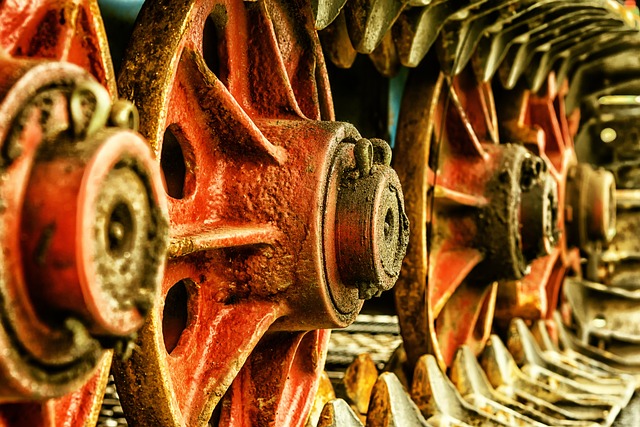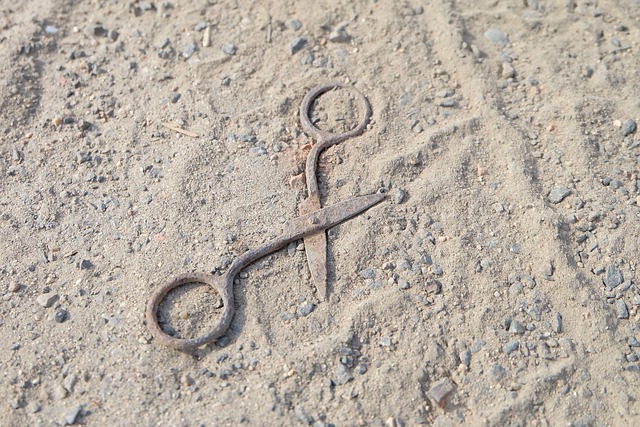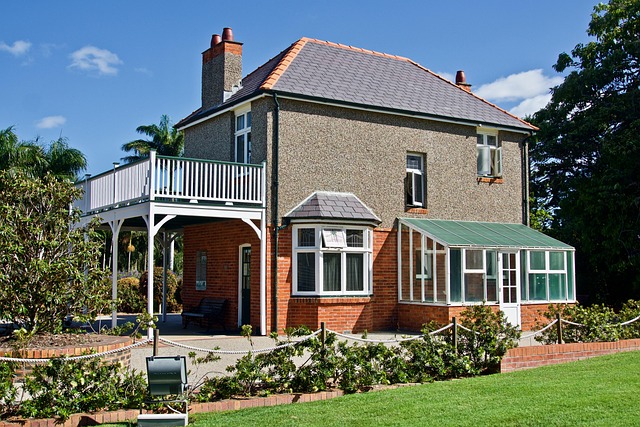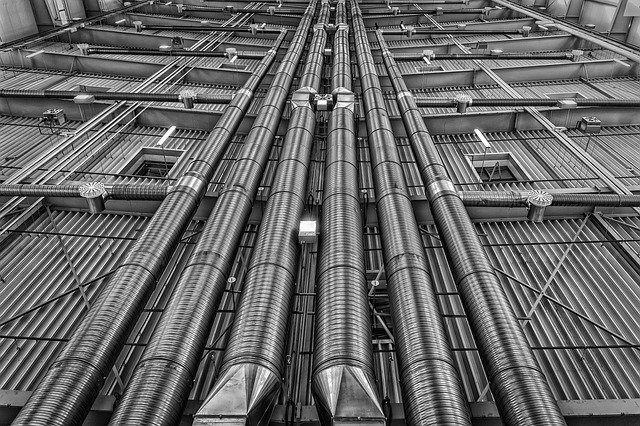Pipe corrosion, driven by water reactions causing oxidation or chemical breakdowns, leads to extensive damage & expensive repairs. Key common causes include acidic water, improper installation, lack of insulation, and poor drainage, accelerating corrosion in metals like iron and copper. To prevent this, focus on regular inspection, flushing, using corrosion-resistant materials, and protective coatings, addressing factors conducive to degradation for proactive maintenance and extended infrastructure lifespan.
Is your water damaging your pipes? Discover the intricate connection between corrosion and water quality. This comprehensive guide explores how everyday water, seemingly harmless, can accelerate pipe corrosion, leading to costly leaks and clogs. We delve into the basic mechanisms driving this process, uncovering the common causes behind pipe corrosion. Understanding these factors is key to implementing effective prevention strategies, ensuring your plumbing system remains robust and reliable.
- Understanding Pipe Corrosion: The Basic Mechanisms
- Common Causes of Pipe Corrosion: A Detailed Look
- Water Quality and its Impact: Prevention Strategies in Place
Understanding Pipe Corrosion: The Basic Mechanisms

Pipe corrosion is a common problem that can lead to significant damage and costly repairs. Understanding the basic mechanisms behind pipe corrosion is essential for homeowners and building managers to identify potential issues and implement preventive measures. Corrosion occurs when certain materials react with water, leading to deterioration over time. In pipes, this process often involves the interaction between metal and water, resulting in oxidation or chemical reactions that weaken the pipe’s structure.
The most common causes of pipe corrosion include exposure to acidic or corrosive water, improper pipe installation, inadequate insulation, and poor drainage systems. Acidic water, for instance, can speed up corrosion by lowering the pH level, while certain metals like iron and copper are particularly susceptible to oxidation when in contact with water. Proper maintenance, including regular inspection and flushing, along with using corrosion-resistant materials and coatings, can help mitigate these issues.
Common Causes of Pipe Corrosion: A Detailed Look

Water, while essential for life, can be a double-edged sword when it comes to your home’s plumbing. The very substance designed to quench our thirst and facilitate sanitation can, over time, contribute to pipe corrosion—a process that weakens and deteriorates pipes, leading to costly repairs. Understanding the common causes of pipe corrosion is the first step in preventing this damage.
The most prevalent culprits behind pipe corrosion include water’s chemical composition, temperature fluctuations, and exposure to oxygen. Hard water, rich in minerals like calcium and magnesium, can accelerate corrosion by forming a protective coating on pipes, preventing rust but also trapping moisture. Temperature swings, particularly freezing and thawing cycles, exert immense pressure on pipes, causing them to expand and contract. This movement can introduce stress points, making pipes more susceptible to damage and corrosion over time. Additionally, the presence of oxygen in water encourages the formation of rust, a common type of pipe corrosion that weakens metal pipes and fixtures.
Water Quality and its Impact: Prevention Strategies in Place

Understanding the connection between water quality and pipe corrosion is essential for maintaining a reliable plumbing system. By identifying the common causes of pipe corrosion, such as high pH levels, mineral content, and microbial activity, homeowners and professionals can implement effective prevention strategies. Regular monitoring and treatment of water quality can significantly reduce corrosion, ensuring pipes remain in good condition for years to come. Taking proactive measures against pipe corrosion not only prevents costly repairs but also promotes the longevity of plumbing infrastructure.
